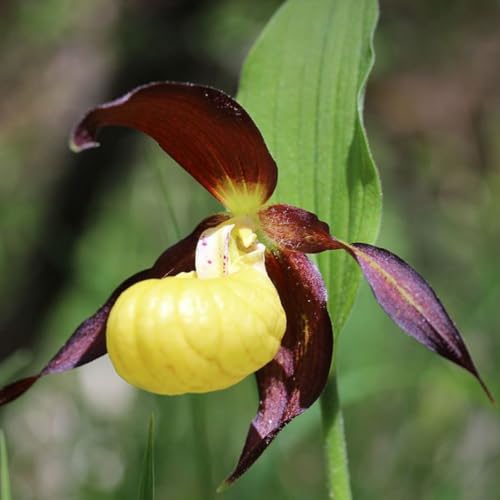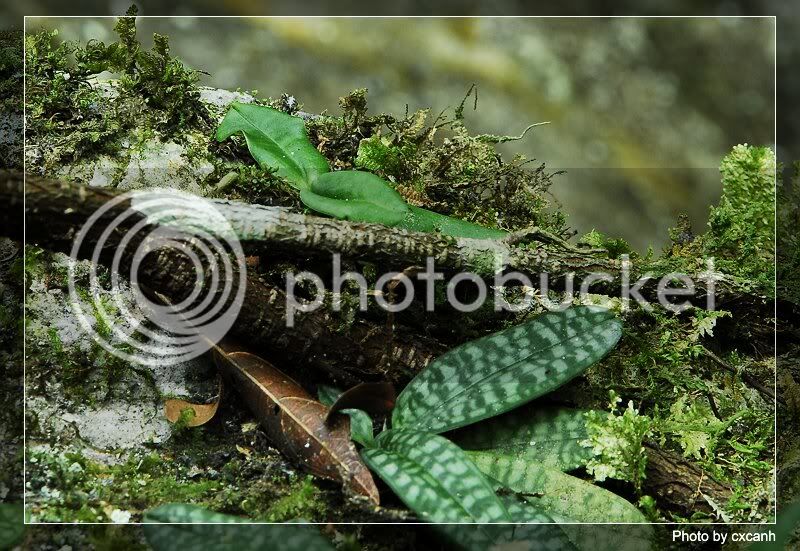Most likely NOT albino. I have seen it in Vietnam with jackii, micranthum, and delenatii, China with armeniacum, appletonianum, and villosum. When too many plants are collected with leaves lacking the typical red color, they are not albino, but just normal ones, like the jackii 'album' in the trade. Only a few are real alba, and NONE found from the jackii album colony, that's confirmed. Selfing of those will unfortunately not give albinos, it is just a separate colony.
Canhii with green leaves, I have one, there are 2 more in Germany, there are 4 in Taiwan, two more in Japan, those two you pictured, one in Ha Tay, one in Dien Bien, and apparently one or two in Kunming. They are therefore definitely not albino.15 plants out of few hundreds, the odds are not good. They come from a collector in Son La, who got all of them, so I think he found a colony, like the collectors of delenatii album, delenatii dunkel, armeniacum album, jackii album, micranthum album... All of those occur as multiple plants in a specific colony ( and funnily, if canhii is a parvisepalum, that would not be surprising if there are green leafed colonies, as all the other parvis have or had green leafed colonies...).
Don't know about Guido, but I did see that with malipoense and micranthum, plant with red pigment, but the flower spike and flower albinistic. However, maybe it was a mutation of the flower SPIKE, which means the next time the plant will be normal. The vinicolor leafed micranthum that I saw in Kunming was stable however, great alba...
On the other side, there are many micranthum 'album' in the trade that are coloratum ( like all those kwangsee album sold worldwide). The leaves are green, but the flowers are coloratum. Many people assume that green leaf = albino, unfortunately it's not true ( except if the parents are albinistic, and they are seedlings of those parents). For the wild plants, it is not so rare to see 'albino' armeniacum ( that's a specific colony of some thousands plants), malipoense, micranthum, tranlienianum, helenae, concolor, wenshanense, and bellatulum plants, but when they bloom, they are typical coloratum forms.
One last comment on your picture, to me the dried flower spike on the first photo is too dark to be green when it was alive... Albinistic plants flower spikes usually dry of a lighter color ( I have experience in buying albino plants out of bloom, and to have been f***ed several times so...).













































